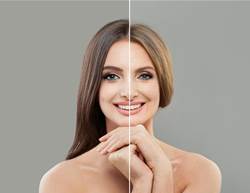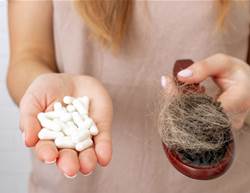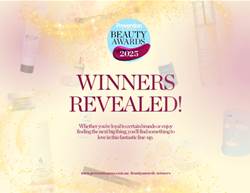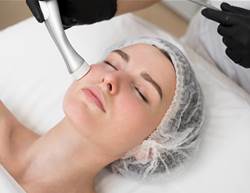It’s said that if you want to know what you’ll look like in 20 years, look at your mother. That might make you feel very positive – or send you running to the nearest shop for the most powerful anti-wrinkle cream you can find!
Skin type, bone structure and hair type can all be inherited from our mothers. If we have a strong facial resemblance, we may also have a similar ageing pattern.
"High, prominent cheekbones with a good fat covering are such an important asset – and if your mother had them, you’ll be lucky if you inherited them," says aesthetic medicine expert Dr Mervyn Patterson.
"They support much of the lower face, helping to keep the canvas of the face pulled backwards and upwards."
On the other hand, if your family cheekbones are not strong, you may start to see your mother’s marionette lines appear as the cheeks lose their volume and the skin creeps downwards.
"Several factors of ageing, such as the risk of hyperpigmentation and the level of skin sagging, are related to our genes," says oculoplastic surgeon Sabrina Shah-Desai, who specialises in eye rejuvenation. One study showed a 61% heritability factor for droopy eyelids, for example. The good news is there is much we can control – and we have access to far more sophisticated skincare and ‘tweakments’ than the generation before us did.
So, we took five gripes to some of our favourite experts and asked whether we’re at the mercy of our genes, and found out how we can intervene.
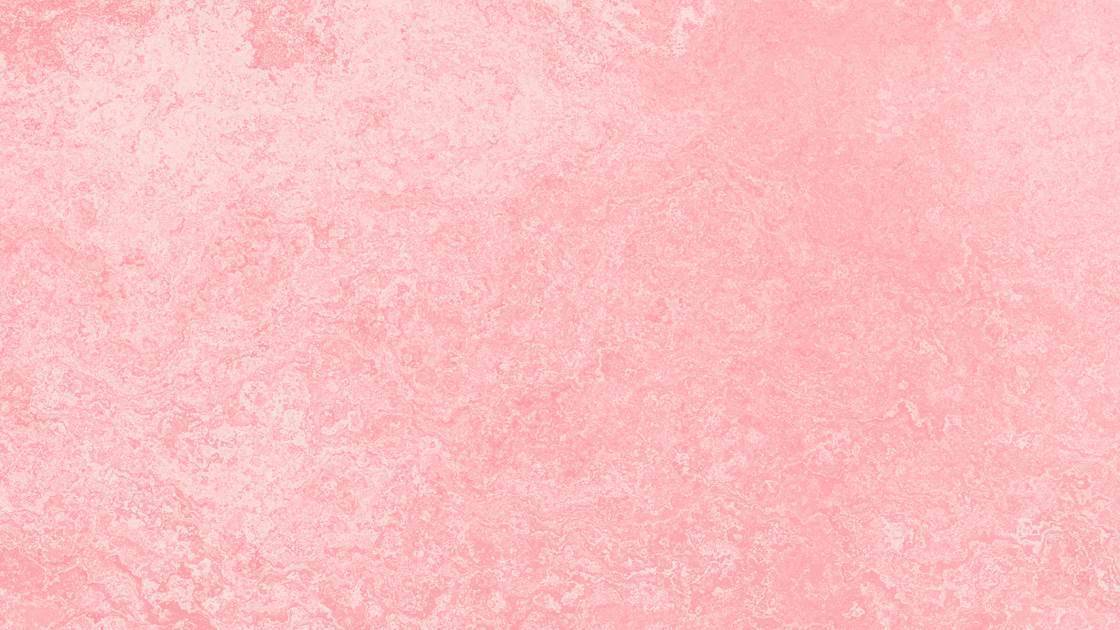

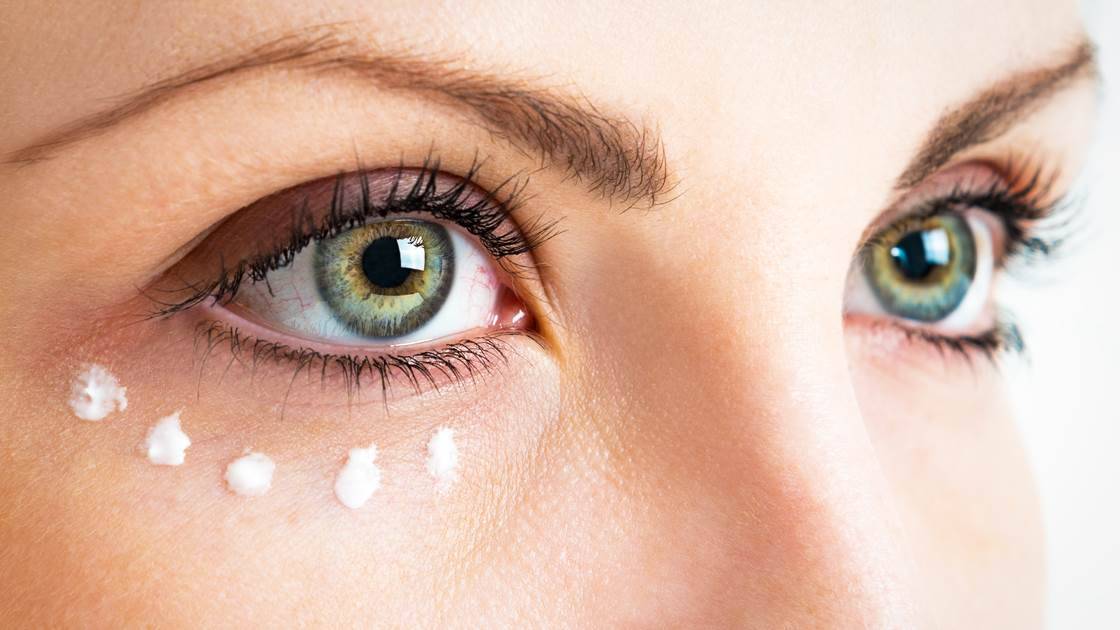


Redness, rosacea and thread veins
If you have your mother’s fair skin that burns easily or rarely tans, there’s a strong chance that, like her, you’ll also be prone to facial redness and conditions such as rosacea and spider veins. Like your mum, you might turn scarlet when you have a glass of wine, work up a sweat at the gym or experience a hot flush. Your skin barrier, too, might not be as robust as that of other skin types, meaning it’s highly sensitive.
"There’s evidence that these paler skin types with rosacea are deficient in certain types of lipids and so the surface skin barrier is defective," says Dr Patterson. "External elements such as UV light and pollution particles penetrate more easily, triggering greater stimulation of 'hyper' receptors, which, in turn, sparks inflammation deeper in the skin."
WHAT YOU CAN DO
Skincare with ceramides (lipids) will help make the skin barrier more robust and less prone to moisture loss and dehydration wrinkling. Niacinamide and probiotics are also great barrier-boosters. It’s important, too, not to sensitise the skin even further with harsh cleansers, and to never skip your SPF.
Pigmentation and age spots
There’s a strong genetic link between our skin type and how active our pigment-producing cells (melanocytes) are. If your mother has passed on Asian, Hispanic or African genes, your darker skin will enjoy greater natural UV protection, but it may also have more reactive melanocytes, which can produce clumps of pigment visible as dark patches (hyperpigmentation). "This can be triggered by UV exposure or other forms of inflammation, including acne, rosacea and even anti-ageing treatments that work by creating an inflammatory response, such as IPL and laser," says Dr Shah-Desai.
If you’re very fair skinned like your mother, any pigmentation is likely to be from UV damage, in the form of age spots called solar lentigines.
WHAT YOU CAN DO
Never skip your SPF, even if you have darker skin. Use topical treatments like brightening vitamin C serums and skin-renewing vitamin A derivatives, such as retinol.
Sagging eyes and dark circles
Along with bone structure, we also inherit our contouring – the way our muscles and fat pads provide the scaffolding for our skin – and how this changes is down to genetics. "Typically, it’s the fat pads under the eyes that show the first signs of volume loss," says surgeon Dr Vicky Dondos
As we get older, we also lose bone density, which can make our cheeks look flatter and eyes look more hollow and tired. Our under-eye skin thins, too, causing dark circles as the deeper blood vessels start to show. "The combination of shadowing from hollowing and blue tones from the underlying vessels contributes to the darkness under the eye," says Dr Patterson. And, if you’re genetically prone to pigmentation, this can make dark circles look worse.
You may be blessed with a high brow from your mother – lucky you, it’s a facial coat-hanger – or cursed with a low one. "A low brow will age faster, causing brow ptosis, or a droopy brow," says Dr Shah-Desai.
WHAT YOU CAN DO
There’s no magic bullet, but retinol-containing eye creams can promote cell renewal.
Thinning hair
Long, luscious hair is a marker of youth, and when we hit menopause it can start to thin with hormonal changes, but for some women the change is more pronounced. "If your mother found it especially hard to grow her hair longer around menopause, she’s likely to have a sensitivity to androgens (male hormones) that she could have passed on," says trichologist Anabel Kingsley. "Androgens can shorten hair’s growth phase, causing strands to become finer with each growth cycle. The hair follicle may eventually become so small that it stops producing a hair all together." Changes to the growth cycle are very gradual and could be happening 10 years before you see a change. Brows can be affected, too.
WHAT YOU CAN DO
Daily anti-androgenic scalp drops can help ward off or minimise age-related hair changes, and caffeine shampoo has also been shown to mitigate the effects of androgens.
Keeping your scalp in good shape helps optimise hair growth, says Anabel Kingsley. "I recommend shampooing frequently and using a weekly exfoliating scalp mask."
Supplements will not prevent or rectify genetic hair loss, but they can support the hair you have by counteracting any nutritional deficiencies. "If you are a vegetarian/vegan, you may find a vitamin B12 and iron supplement most beneficial. If you spend little time outdoors, you’re likely to need a vitamin D3 supplement. I’m a huge fan of Biotin – a B vitamin that helps the body break down proteins, fats and carbohydrates to feed the hair."
Leg veins
You may have your mother to thank for varicose veins, those unsightly blue bumpy streaks that occur when the valves in veins stop working and blood starts to pool. If she had them, there’s a 45% chance you’ll get them. If both your parents did, it rises to 90%. With no genetic link, there’s a 16% chance.
"Leg thread veins are very common and approximately 86% of women will get them, so it’s impossible to say whether they’re inherited," says Professor Mark Whiteley, a venous surgeon. However, in the majority of cases, they’re a sign of underlying varicose veins, so must be checked out. Specialist venous duplex ultrasound scanning equipment can locate them, but that’s not something you’ll necessarily find in a cosmetic clinic. "When a doctor does a 'quick' scan, it’s been shown they miss at least 30% of underlying varicose veins," says Professor Whiteley.
WHAT YOU CAN DO
While it’s vital to get leg veins checked, blurring them with make-up or a fake tan can mean the difference between wearing a skirt or trousers.






